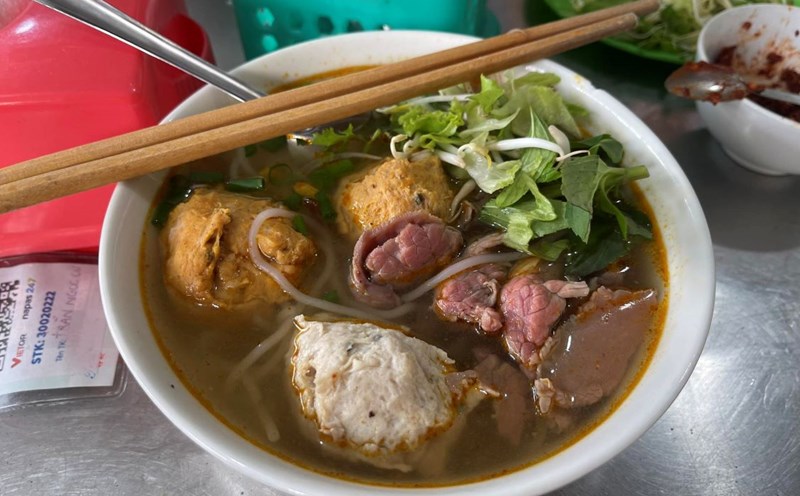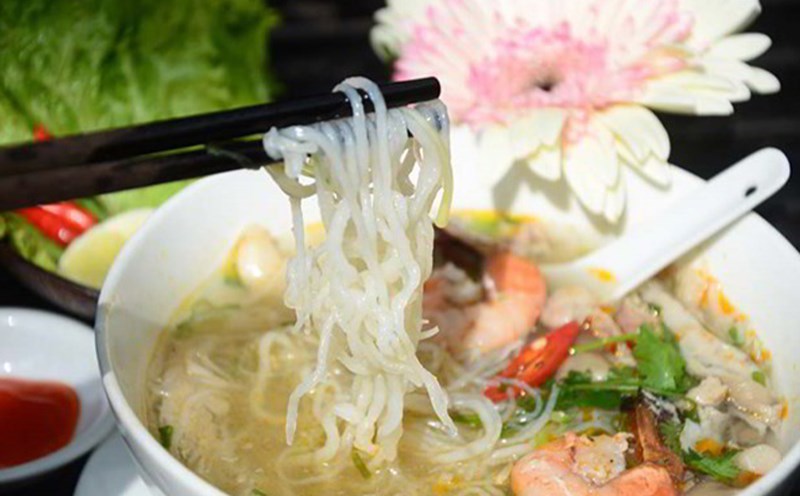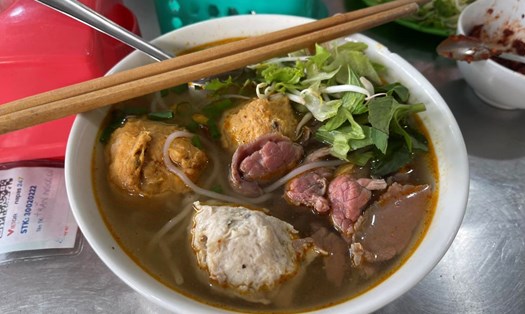King Duc Duc's real name is Nguyen Phuc Ung Chan (born in 1852). He was given the title Thuy Quoc Cong and ascended the throne in 1883. However, after only 3 days of reign, he was deposed and detained at the Thai Y Vien.
In the end, he died of starvation in Thua Thien prison after 7 days of not being given food or water. King Duc Duc's tomb was temporarily located at Phuoc Qua canyon, near Tuong Quang pagoda.
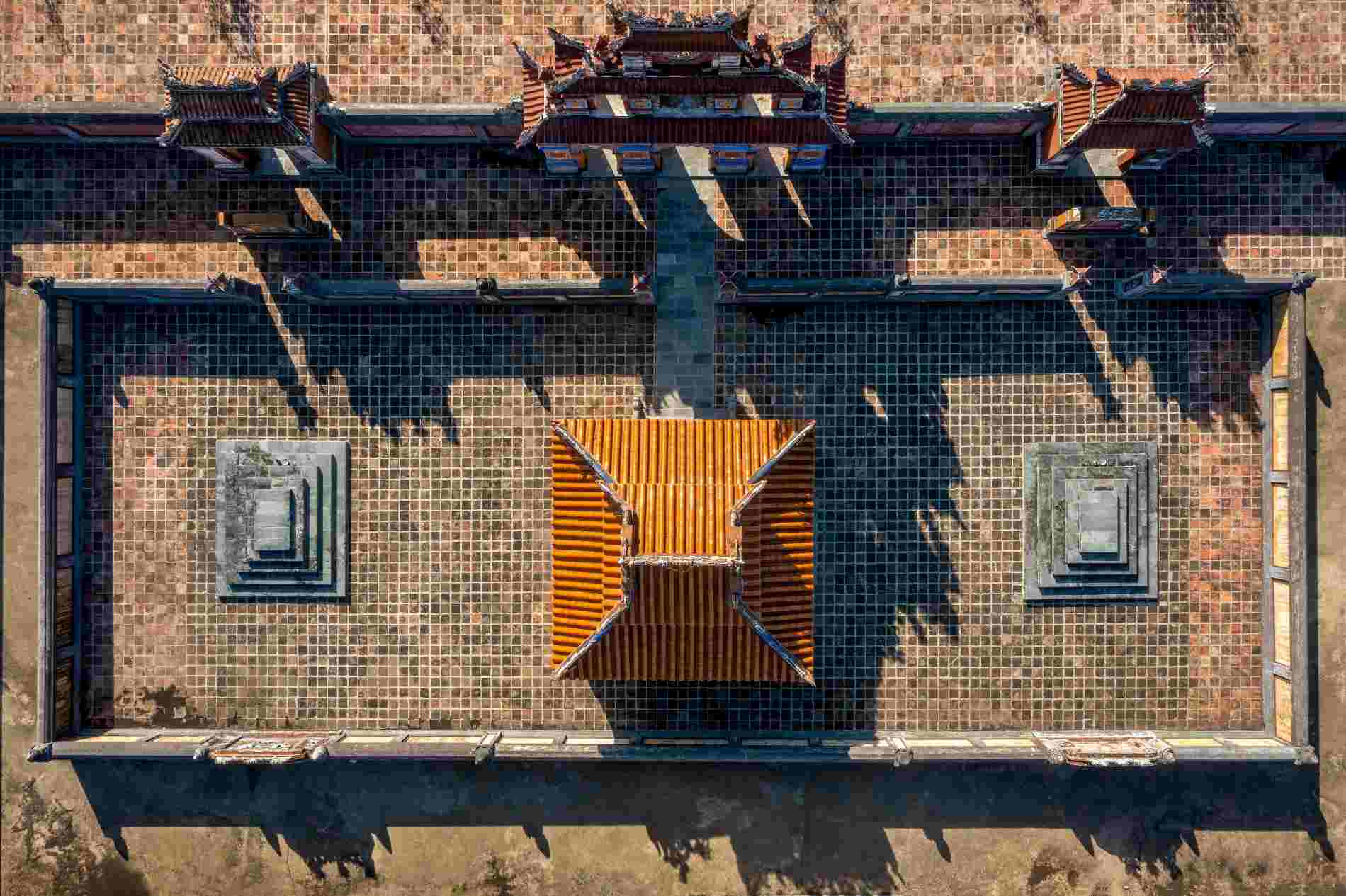
In 1889, King Duc Duc's 7th son, Nguyen Phuc Buu Lan, was promoted to the throne with the reign name Thanh Thai. After ascending the throne, King Thanh Thai decided to build a mausoleum for his father and named it An Lang. This Hue mausoleum is located near Tuong Quang Pagoda, only about 200m away.
In 1891, King Thanh Thai built a temple to worship King Duc Duc. The temple was built in Thuan Cat ward, to the right of the Imperial Citadel and was named Tan Mieu.
In August 1899, the king decided to build Long An Palace near the tomb of King Duc Duc to worship his father.
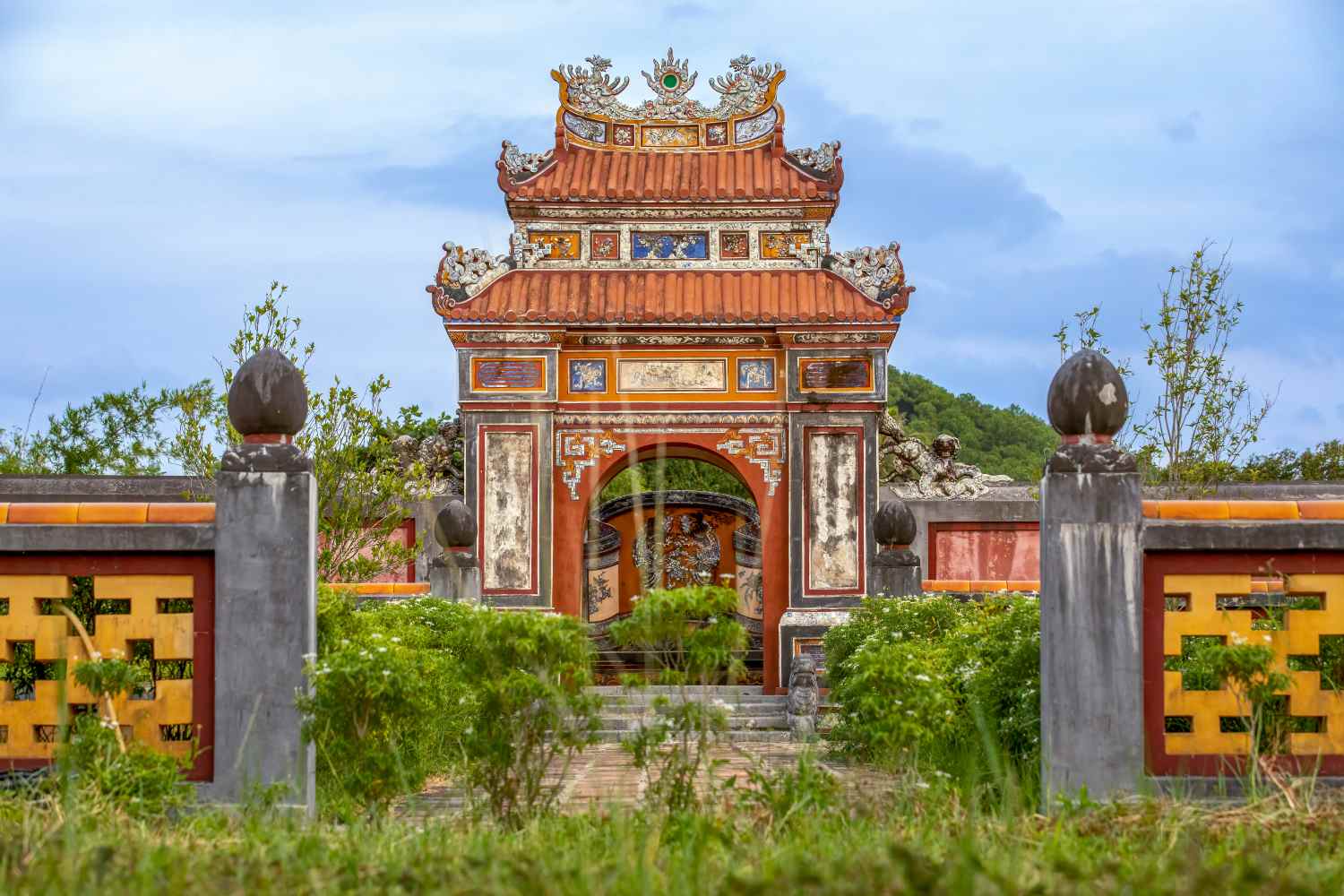
This mausoleum is also the resting place of King Duy Tan. King Duy Tan's name is Nguyen Phuc Vinh San, also known as Hoang, the 5th child of King Thanh Thai and Mrs. Nguyen Thi Dinh. At the end of 1945, after King Duy Tan died in Africa, a memorial service was held in the palace and the king was also worshiped here.
When King Thanh Thai died in 1954, his body was buried at the current location in the An Lang area and worshiped at Long An Palace. In 1987, King Duy Tan's body was brought back to be buried next to King Thanh Thai's mausoleum.
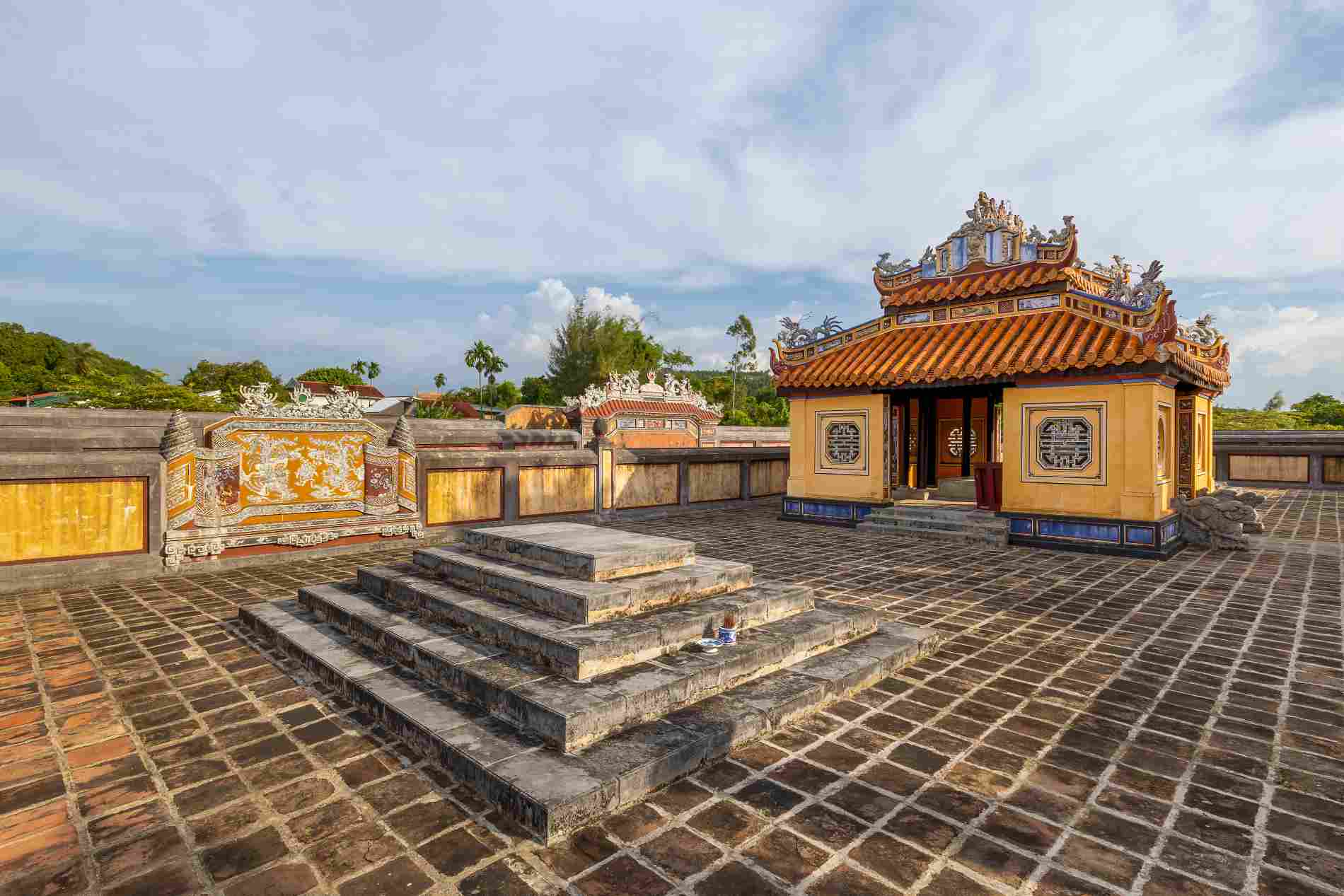
In the same campus, formerly the resting place of King Duc Duc, then became the resting place of King Thanh Thai and Duy Tan, people call it An Lang.
Duc Duc Tomb in Hue is not as majestic and magnificent as Khai Dinh Tomb or Minh Mang Tomb. The design of Duc Duc mausoleum is simpler, including only two main areas: Long An palace and the tombs of the king and queen. However, this place still carries the characteristics of the ancient architecture of the Nguyen Dynasty.
Today, Duc Duc Mausoleum is located in An Cuu ward, City. Hue . From the center of Hue city, you go straight from Ly Thuong Kiet street to Tran Phu street, turn left onto Duy Tan street and immediately see the sign leading to Duc Duc mausoleum.

